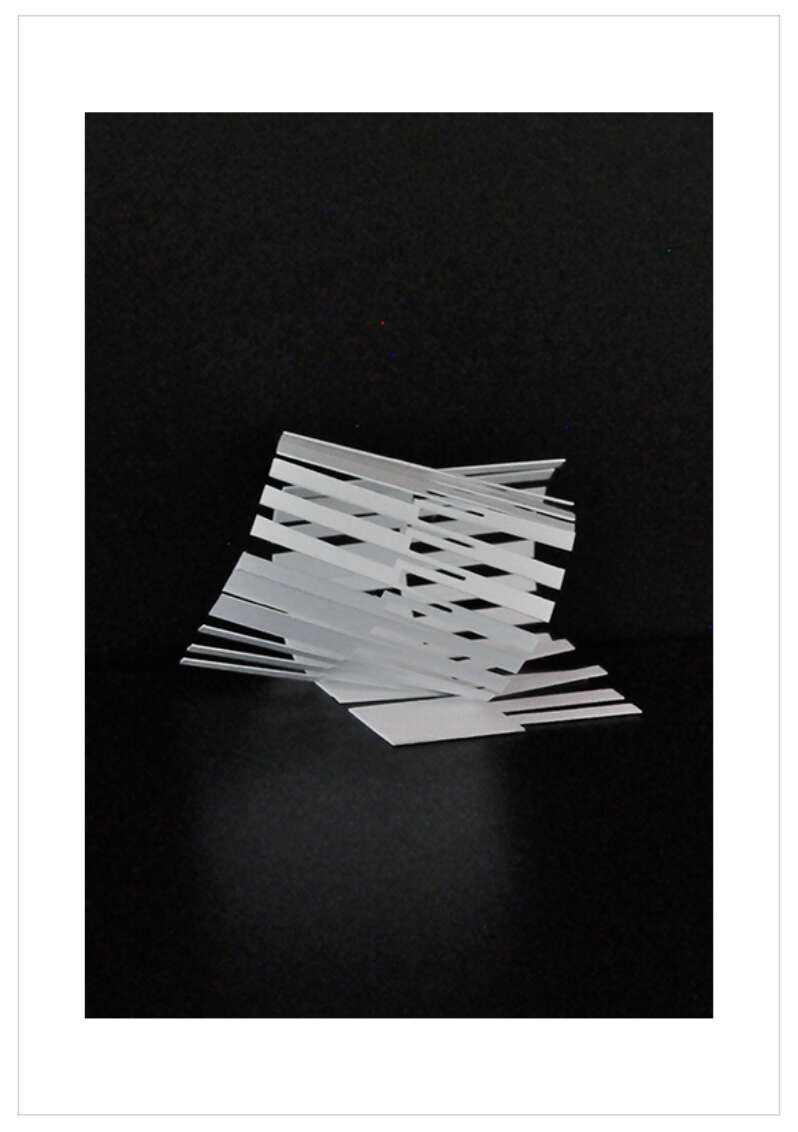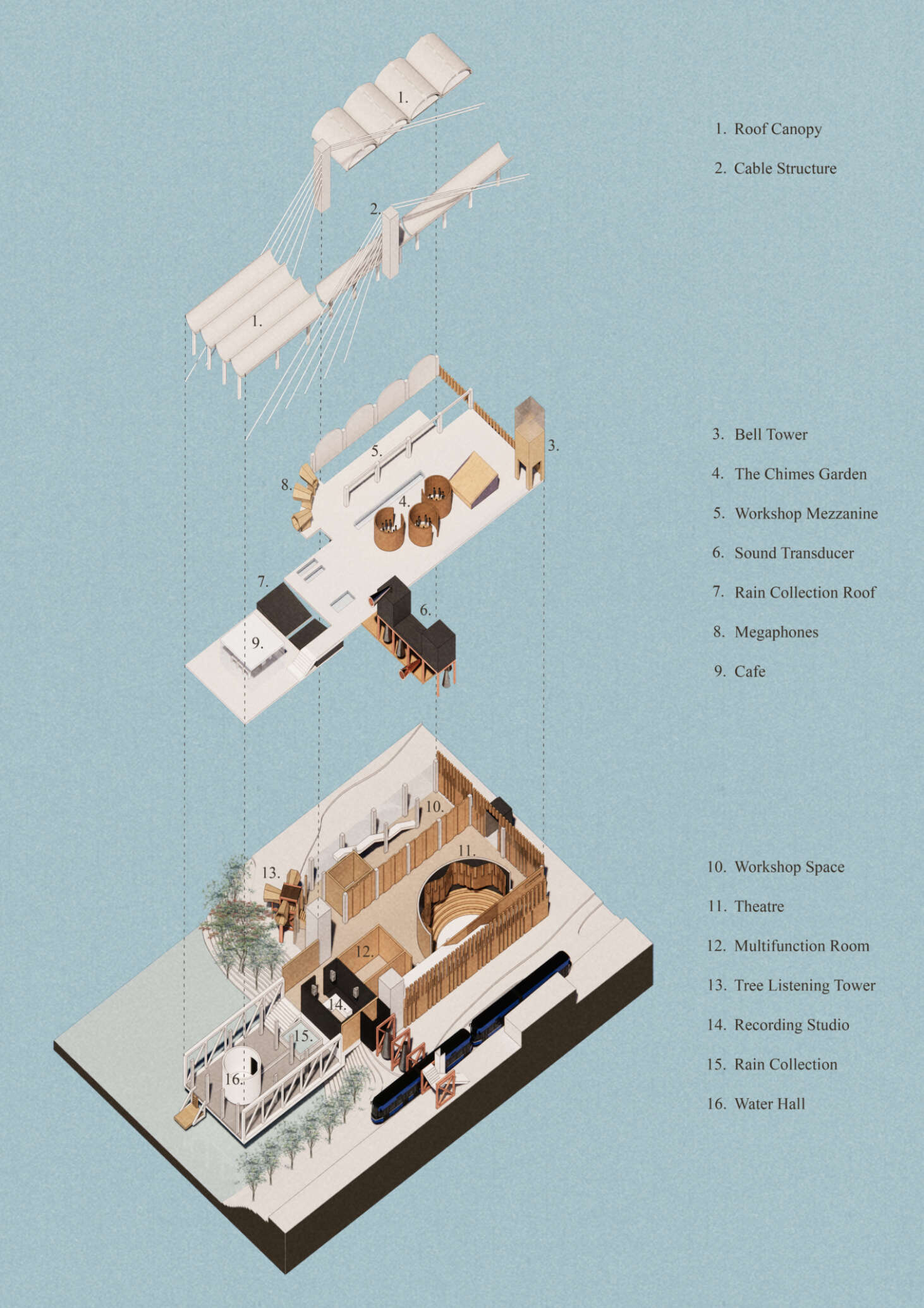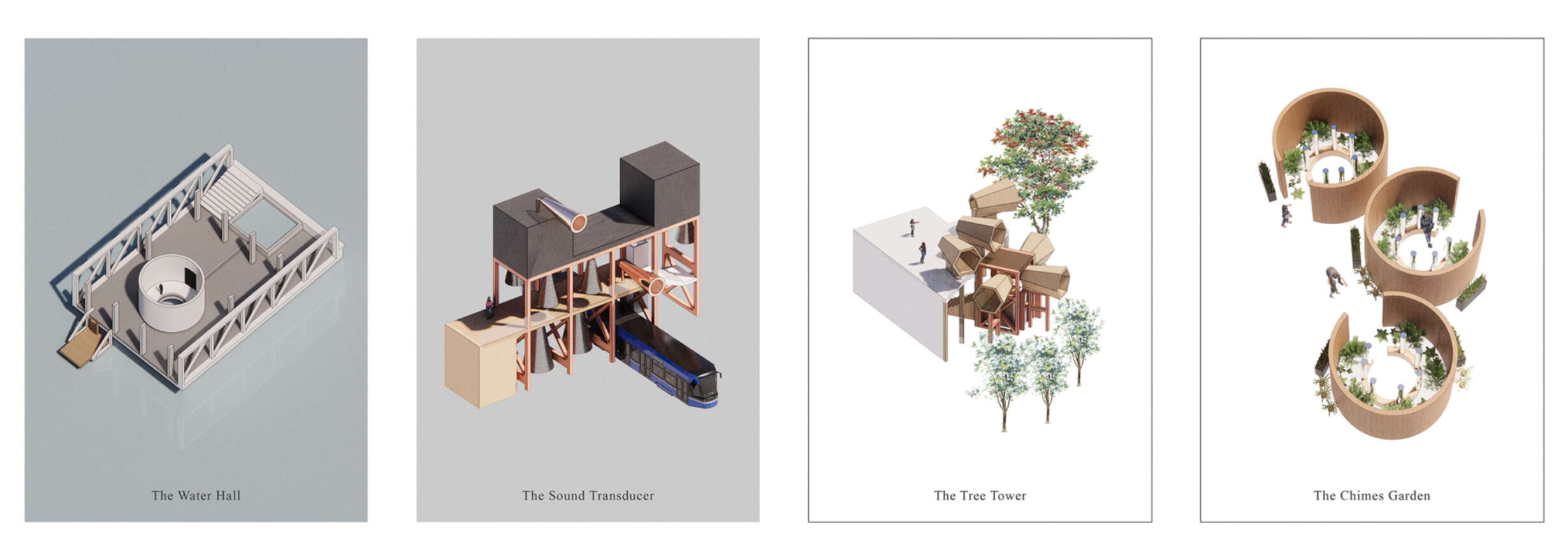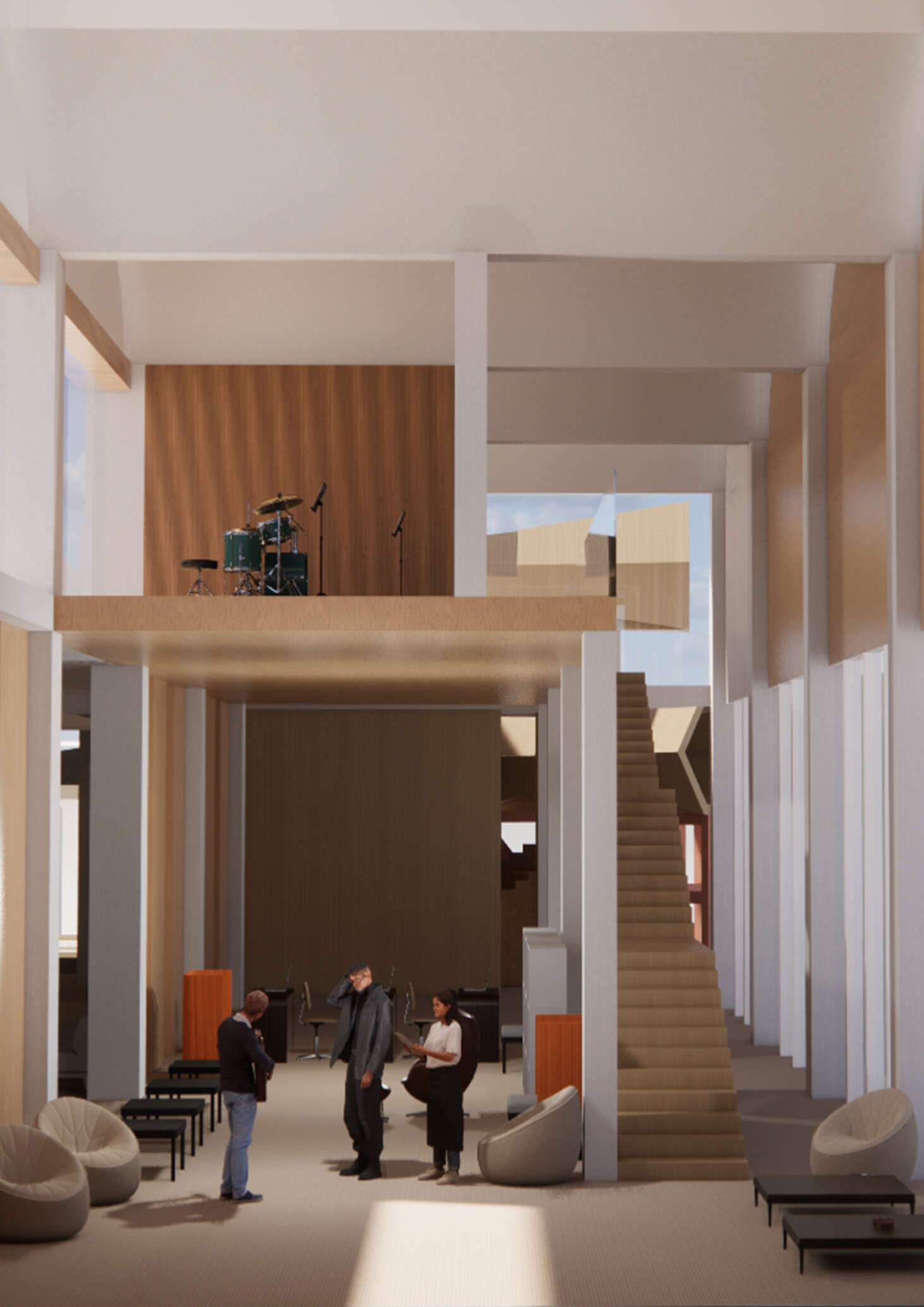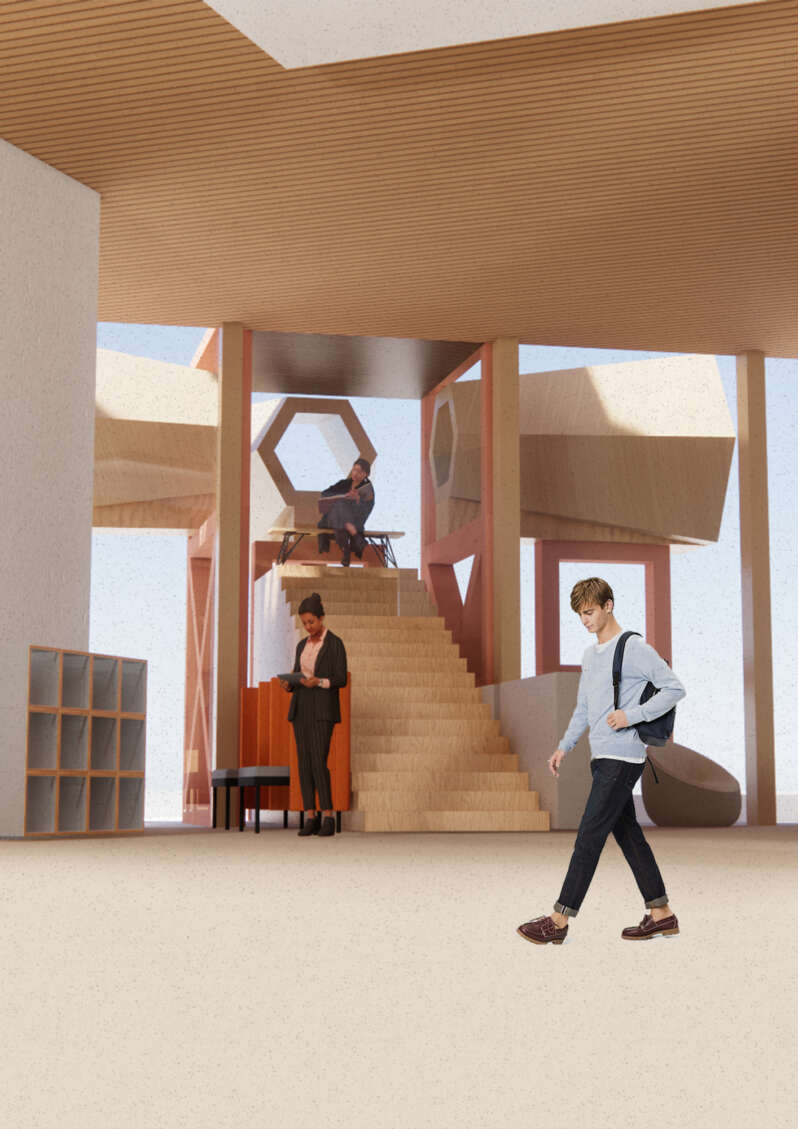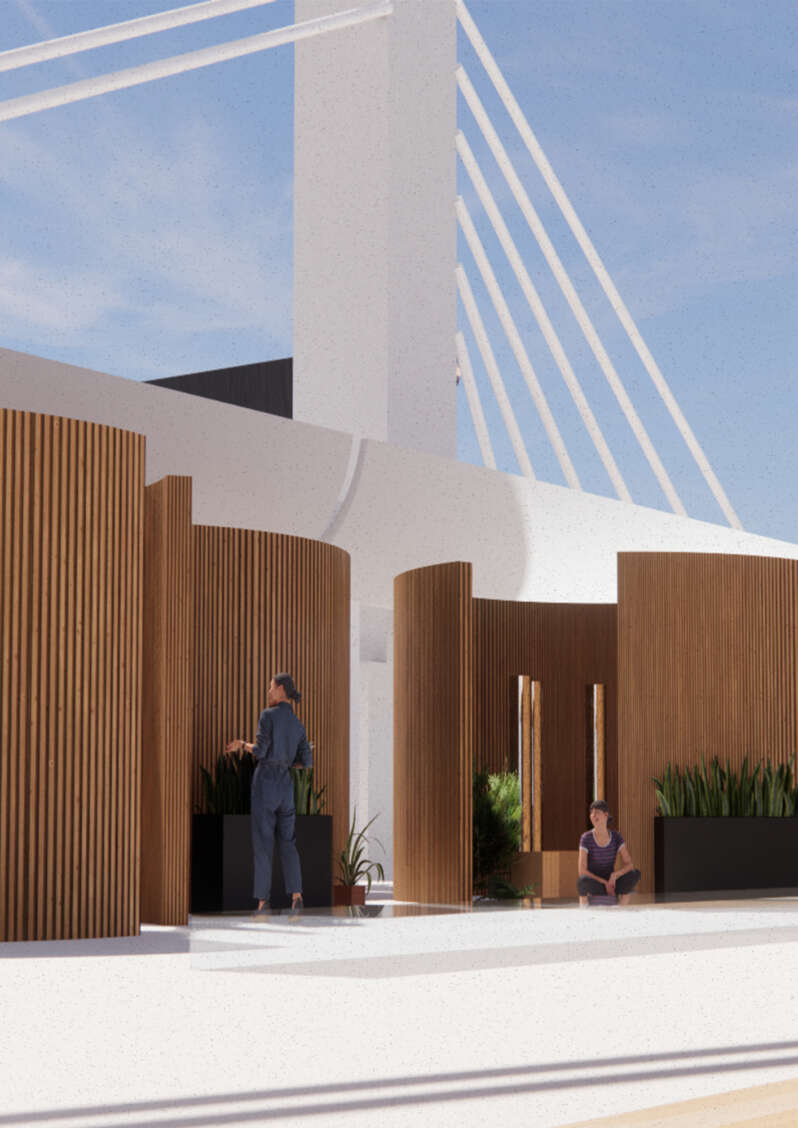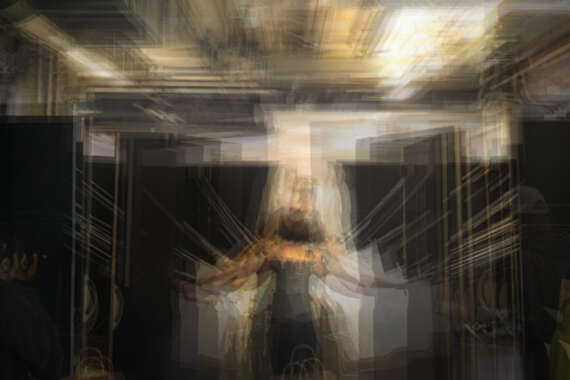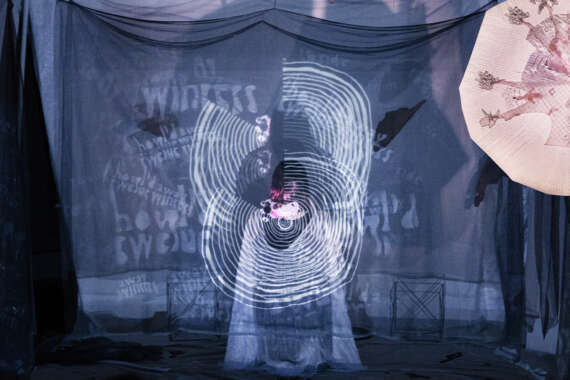Soniferous Garden: exploring the reciprocity between architecture and sound
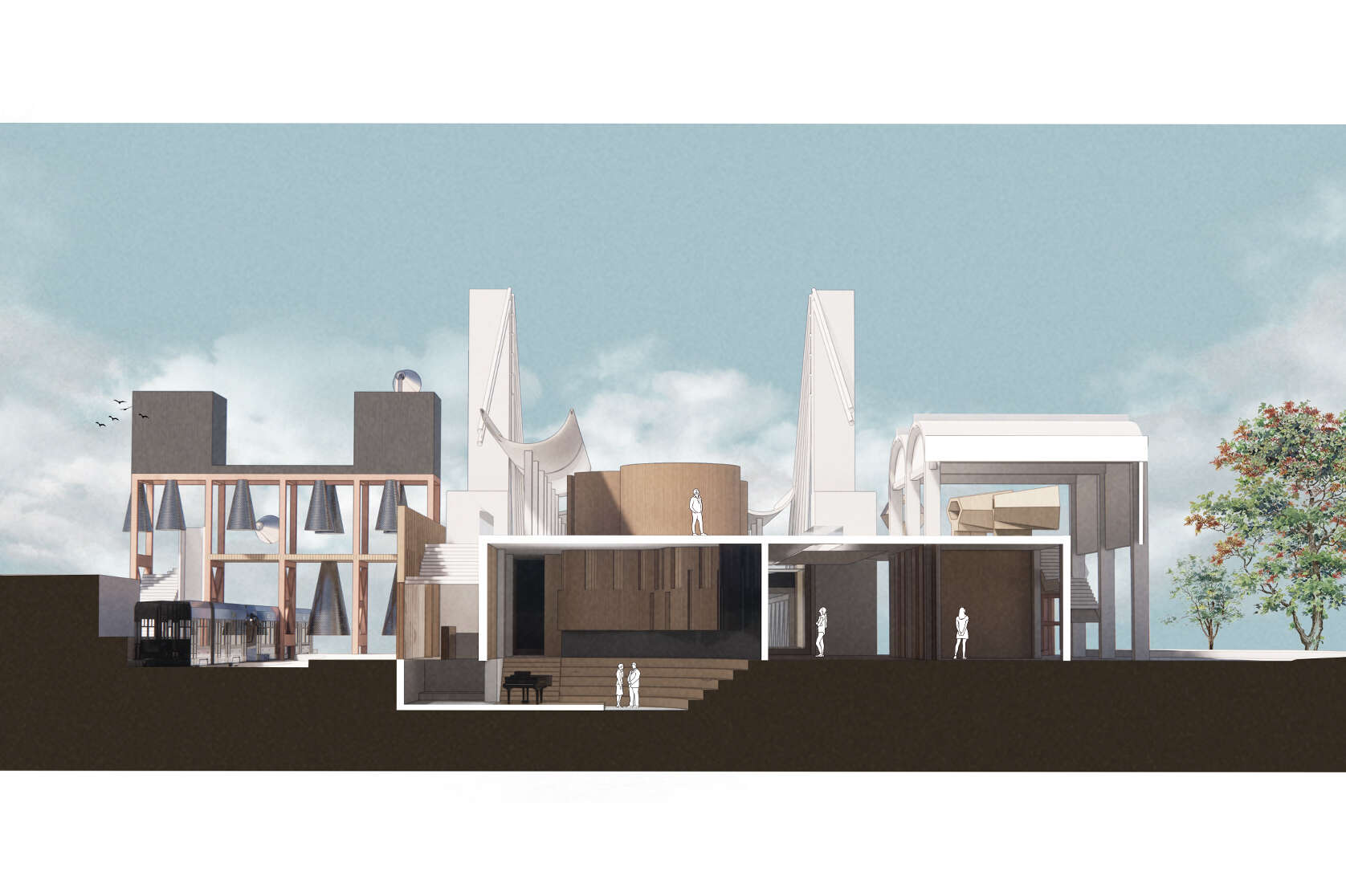
Aural architecture is a hybrid of physical and virtual (aural) spaces of an existing place that produces emotional and behavioural responses by its inhabitants. According to R. Murray Schafer, a soniferous garden is a place of acoustic delights and an aural space for a sensory retreat. Schafer also argues that the over-domination of visual senses has reduced hearing abilities. The observed phenomena speak to the importance of auditory experience in architectural design. The soniferous garden challenges 'sound’ as an architectural material during the design process. It explores the reciprocal relationship between its space and the sound it produces, while engaging sensory awareness in the inhabitants. The intention of aural perception guides the audience to utilise sounds in places to have a more pleasant sound experience.








